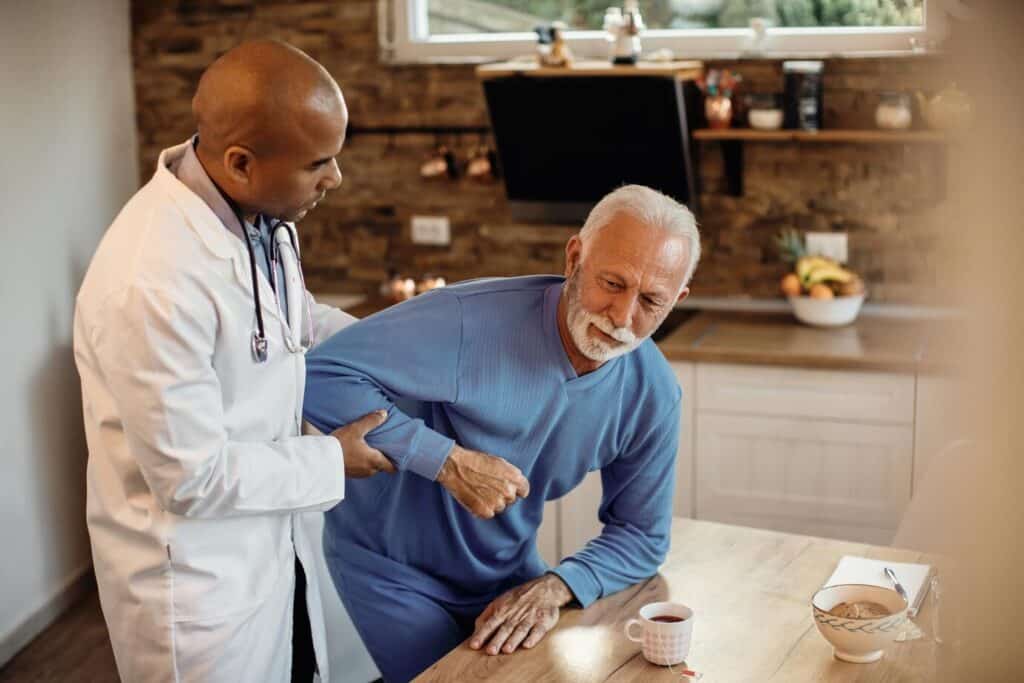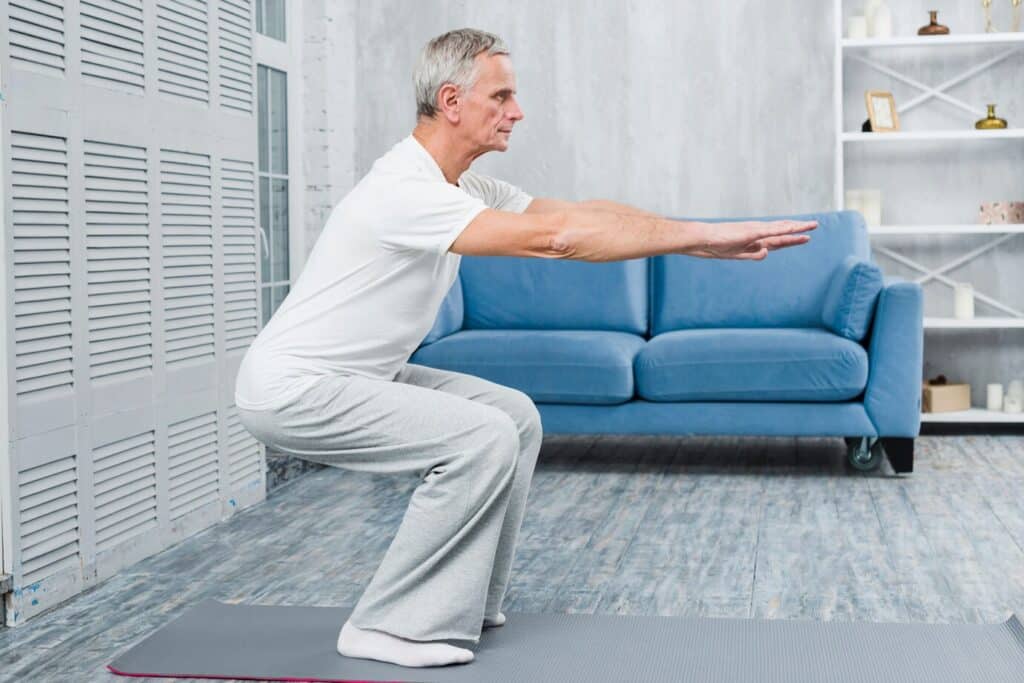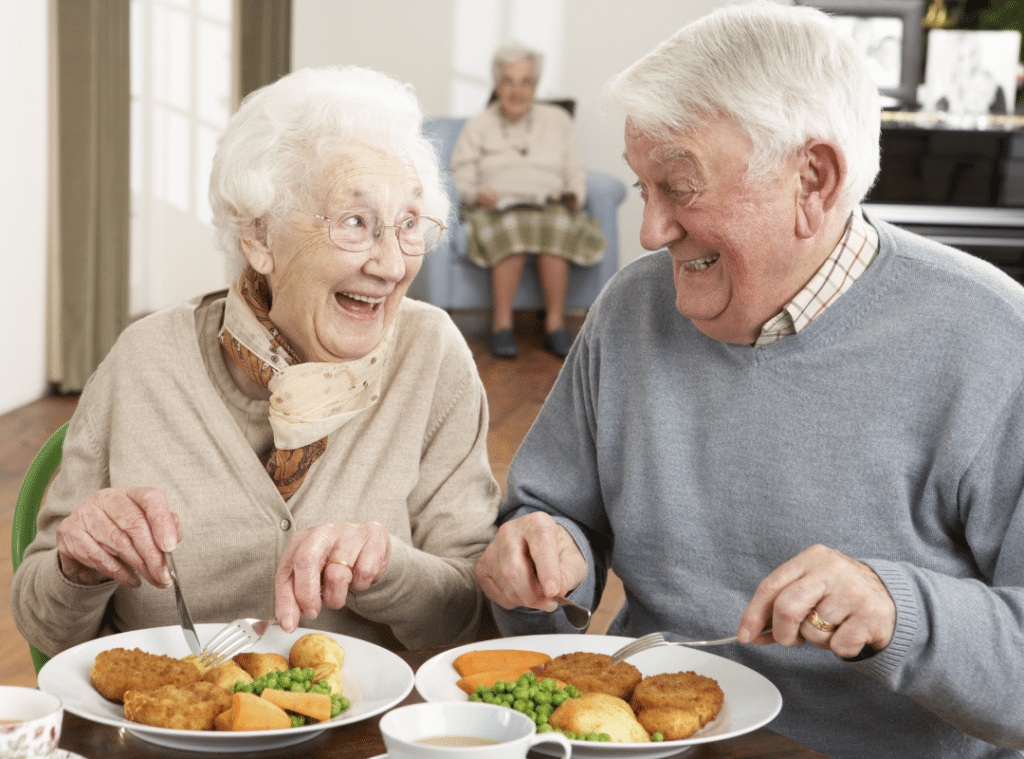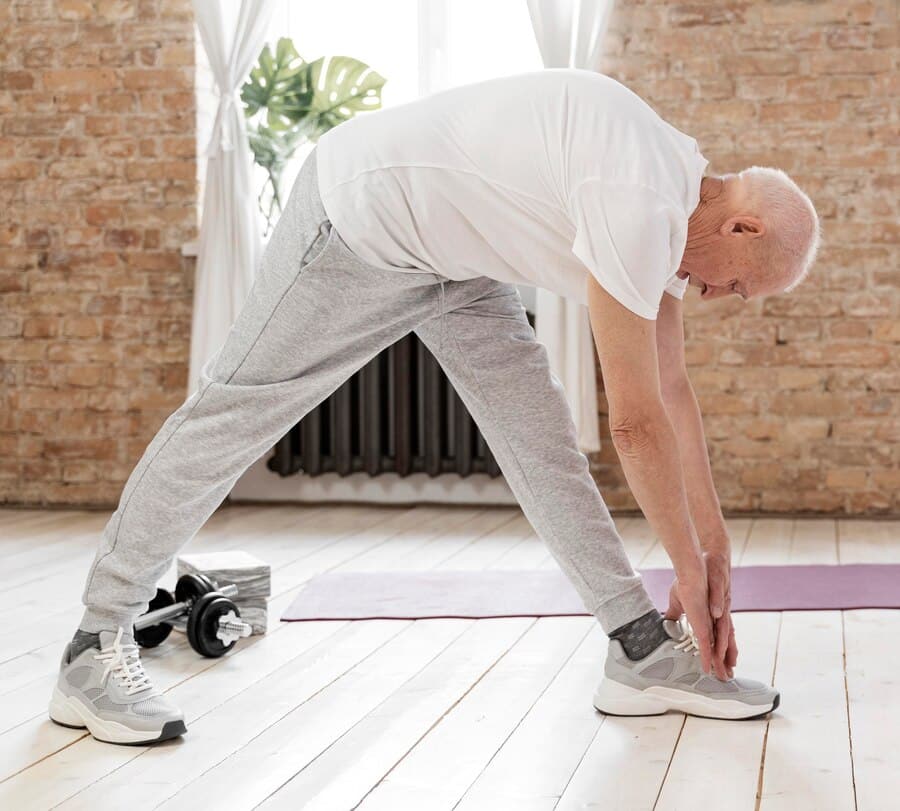Living with chronic pain doesn’t have to define your golden years. Seniors in Brentwood, CA, now have access to innovative, holistic, and personalized pain management solutions that promote comfort, independence, and vitality. Whether the pain stems from arthritis, neuropathy, or other age-related conditions, you deserve a plan that truly works for your body and lifestyle.
At Westmont of Brentwood, our goal is to help you regain control through tailored programs, professional support, and compassionate care. Discover how integrating traditional treatments with holistic approaches, social engagement, and healthy living can lead to genuine chronic pain relief.
Visit Westmont of Brentwood for more personalized support.
Understanding the Unique Pain Challenges Faced by Seniors
Aging brings unique challenges, especially when it comes to managing pain. Many seniors experience ongoing discomfort from arthritis, neuropathy, or past injuries. Recognizing these differences is the first step toward finding the right pain management techniques.
At Westmont of Brentwood, we understand that no two people experience pain the same way. That’s why we prioritize personalized care. By addressing physical, emotional, and mental factors, seniors can explore diverse treatment options that truly meet their needs.
For a more tailored approach, check out our guide on Practical Pain Management Strategies in Elderly Care.
Lifestyle Modifications for Pain Relief
Simple changes in daily habits can be surprisingly powerful. Healthy living, regular movement, and hydration are key contributors to lasting chronic pain relief.
Explore how lifestyle changes can support your long-term comfort.
Regular Exercise Benefits
Physical activity is one of the most accessible pain management techniques. It strengthens muscles, supports joints, and releases endorphins—all of which naturally reduce pain.
Here are some senior-friendly exercises:
- Walking
- Water aerobics
- Tai chi
- Seated yoga
- Light strength training
Not sure where to begin? Learn how exercises like squats with chair support can improve balance and leg strength safely.
Healthy Weight Management
Carrying excess weight can worsen chronic pain by adding stress to joints and tissues. Maintaining a healthy weight can ease strain and increase your mobility.
Three effective weight management tips:
- Smart Nutrition – Choose fruits, vegetables, lean proteins, and whole grains.
- Stay Active – Gentle activity promotes metabolism and joint health.
- Prep Meals Ahead – Meal prepping ensures healthier choices.
Importance of Hydration
Drinking enough fluids helps reduce inflammation and lubricates joints, crucial factors for seniors managing pain. Aim for at least 8 cups of water a day and consider hydrating foods like cucumbers, melons, and leafy greens.
Hydration can also support cognitive function and prevent fatigue, making it an essential part of any Pain Management Solutions plan. Staying hydrated is also a key defense against elderly malnutrition.
Exploring Holistic Approaches to Pain Management
Beyond medication, many seniors find relief through holistic therapies that treat the whole person—mind, body, and spirit. These methods can be especially beneficial for those seeking new treatments for chronic pain.
Popular options include:
- Acupuncture – Enhances energy flow and reduces tension.
- Guided Meditation – Reduces stress that can worsen pain symptoms.
- Massage Therapy – Eases muscle tightness and increases blood flow.
- Tai Chi and Yoga – Improve flexibility and reduce inflammation.
According to the National Center for Complementary and Integrative Health (NCCIH), holistic methods like mindfulness and yoga have been shown to help with chronic lower back pain and osteoarthritis.

Safe Medication Management Strategies
For many seniors, medication remains a part of their pain management solutions, but it must be handled with care.
Follow these safety tips:
- Review your meds regularly with a doctor.
- Track your dosage and schedule in a medication journal.
- Be open about new symptoms or changes in pain levels.
- Avoid self-medicating or adjusting doses on your own.
Proper medication management not only helps avoid adverse side effects but also increases treatment effectiveness. Combining medication with other pain management techniques can often yield the best results.
The Importance of Social Support and Emotional Well-being
Pain affects more than your body—it impacts your emotional health, too. That’s why the importance of pain management goes beyond medicine. Strong relationships and social engagement play a powerful role in how you perceive and manage pain.
Key emotional supports:
- Social interaction to reduce feelings of isolation
- Support groups that provide empathy and shared advice
- Activities that bring purpose and joy to everyday life
You don’t have to face pain alone. Find resources and community activities that keep you connected and uplifted.
See how the right support can make all the difference.
Resources and Services Available in Brentwood, CA
If you’re wondering what the three different types of pain management are, you’ll find them here in Brentwood. Seniors can access:
- Pharmacological treatments (medications)
- Physical and occupational therapy
- Psychological and holistic care
Here’s a local guide to helpful resources:
| Service Type | Description | Contact Information |
| Pain Relief Workshops | Learn hands-on pain management techniques | (555) 123-4567 |
| Community Health Services | Wellness checks and chronic condition support | (555) 987-6543 |
| Support Groups | Peer-to-peer help for emotional support | (555) 654-3210 |
These services not only provide answers but also offer compassionate, ongoing support.
A New Path to Comfort and Wellness
Managing chronic pain as a senior doesn’t have to be overwhelming. With a mix of lifestyle adjustments, professional care, and alternative therapies, you can find comfort and vitality in your daily life.
At Westmont of Brentwood, we tailor each resident’s care plan to match their unique needs—whether that means adjusting medications, trying new treatments, or exploring group wellness activities. And we never lose sight of the importance of pain management as part of your total well-being.
Let’s build a plan together that gives you control over your pain and your future.
Schedule a tour or call 925-516-8006 to speak with our care team today.
How Do The Costs Of Moving Into A Quality Senior Care Community Compare With The Costs Of Staying At Home?Compare The Costs of Senior Living vs Staying at Home
Frequently Asked Questions
What are the best pain management strategies?
The best pain management strategies depend on the individual’s condition, but often include a combination of medication, physical therapy, and lifestyle changes. Over-the-counter or prescription drugs may help reduce inflammation and block pain signals. Non-pharmaceutical approaches like exercise, acupuncture, massage, and cognitive-behavioral therapy also play a crucial role. A multidisciplinary approach tends to offer the most effective and sustainable results.
What are the 5 A’s of pain management?
The 5 A’s of pain management are Analgesia, Activities of daily living, Adverse effects, Aberrant drug-related behaviors, and Affect. These serve as a framework for evaluating the effectiveness and safety of pain treatments. They ensure that pain relief improves function without causing harmful side effects or addiction risks. This approach helps healthcare providers make balanced, patient-centered decisions.
Which method of pain management is most effective?
The most effective method of pain management varies based on the type and severity of pain. For chronic pain, a combination of medication, physical therapy, and psychological support tends to work best. Interventional techniques like nerve blocks or spinal cord stimulation may also be used for severe cases. The key is to tailor the approach to the individual’s needs and regularly evaluate effectiveness.
What are the options for pain management?
Pain management options include medications, physical and occupational therapy, interventional procedures, psychological counseling, and complementary therapies. Medications range from nonsteroidal anti-inflammatory drugs (NSAIDs) to opioids, depending on pain severity. Non-drug therapies like acupuncture, biofeedback, and yoga are also commonly used. Patients often benefit from a customized, integrative care plan for the best outcomes.








